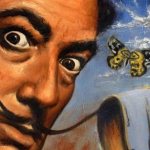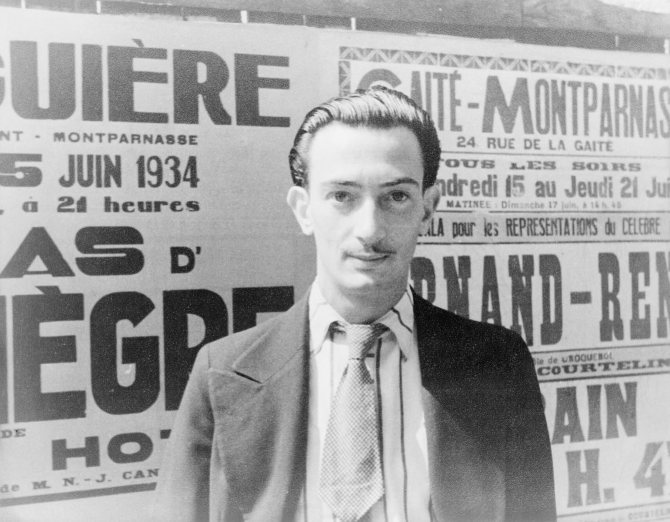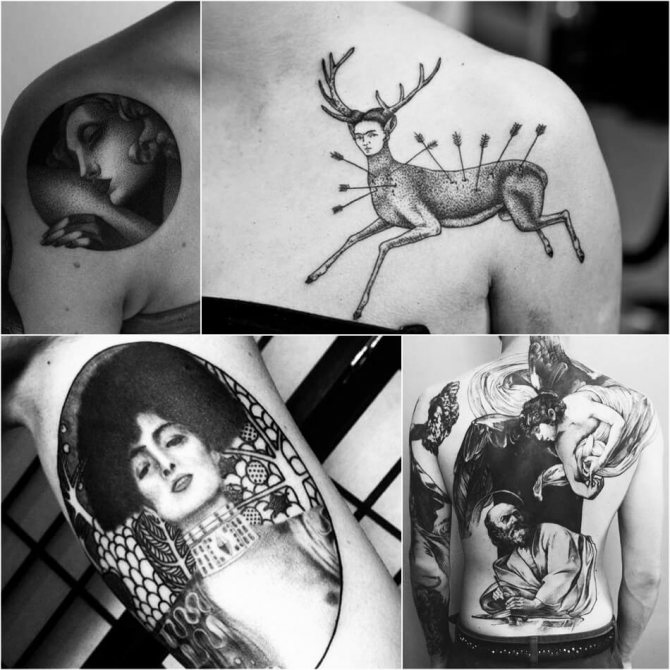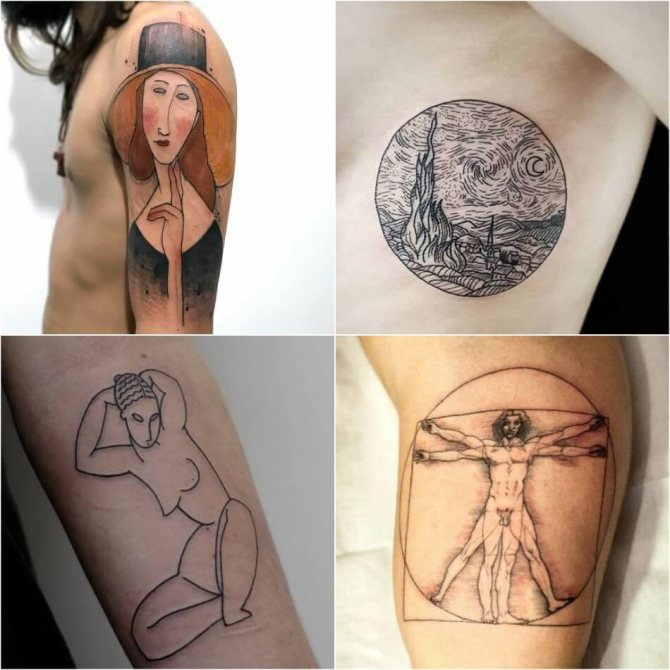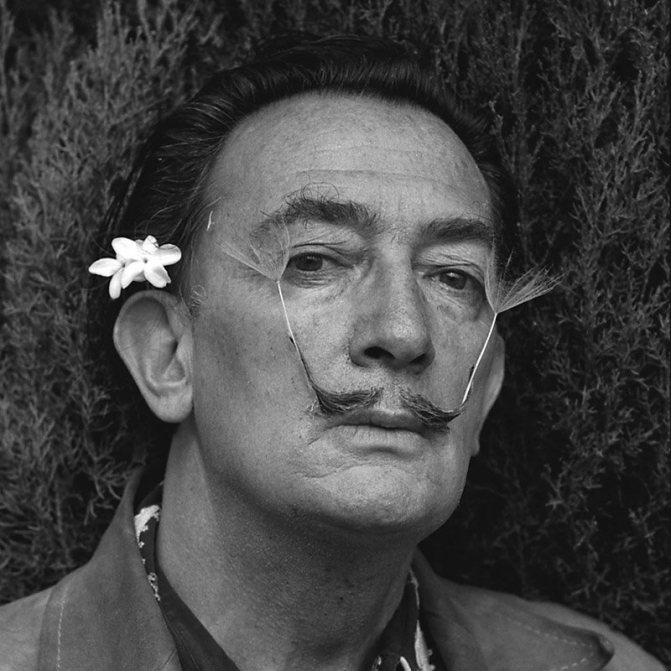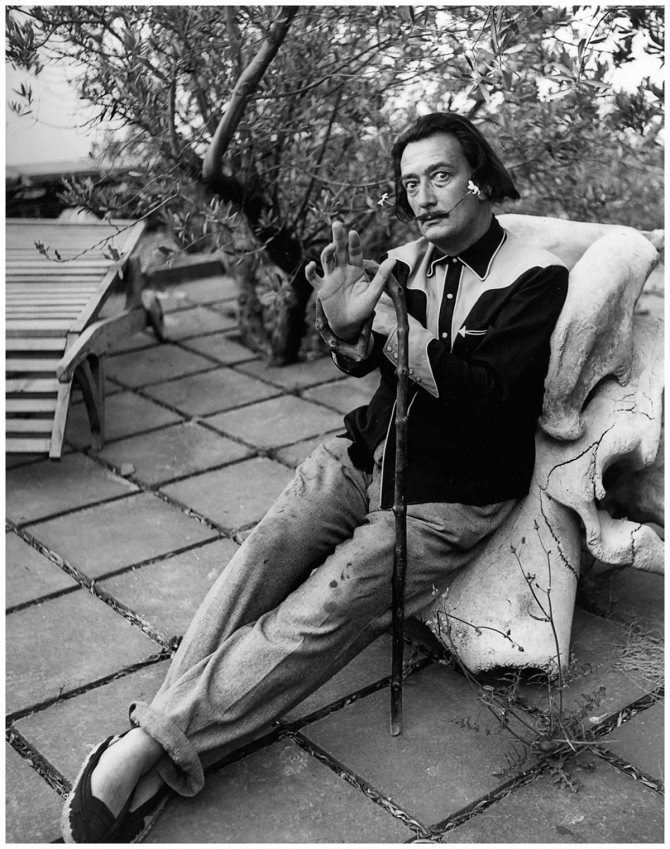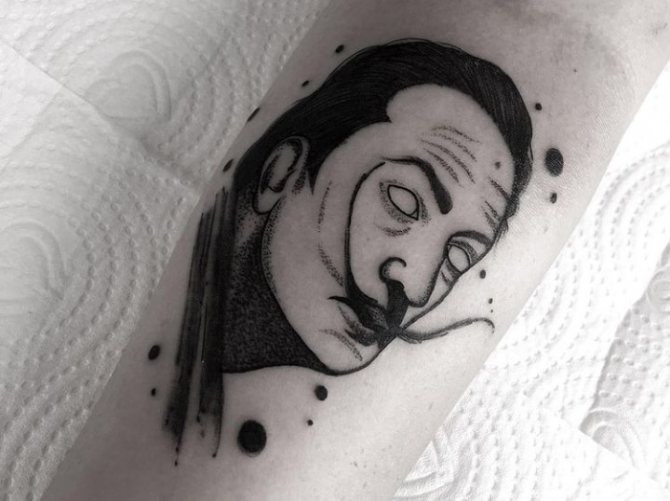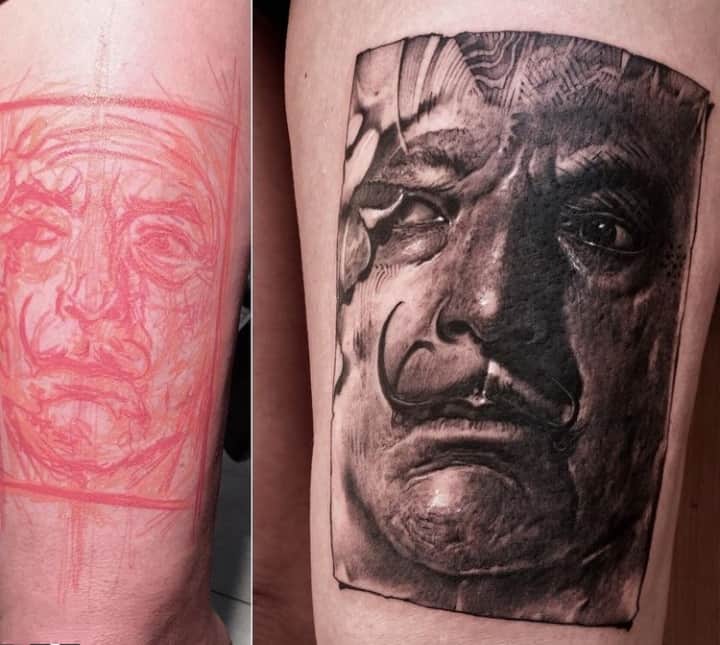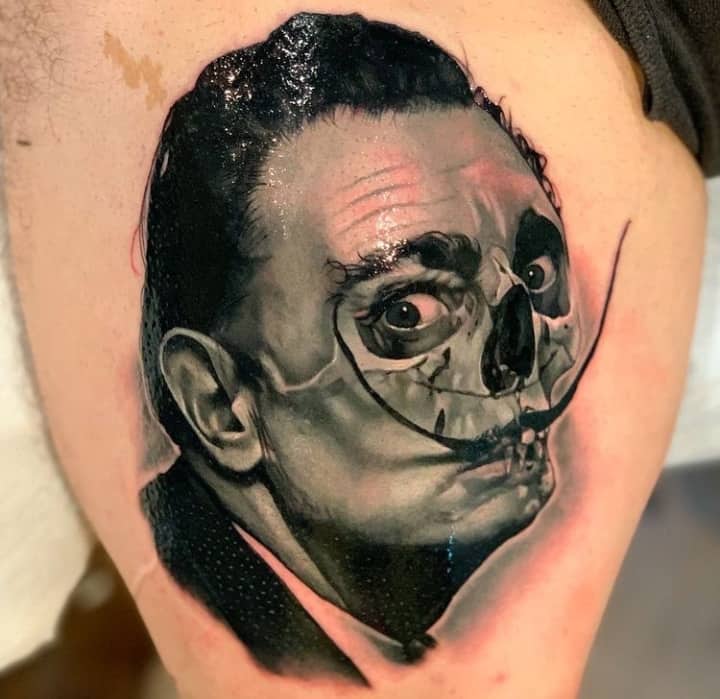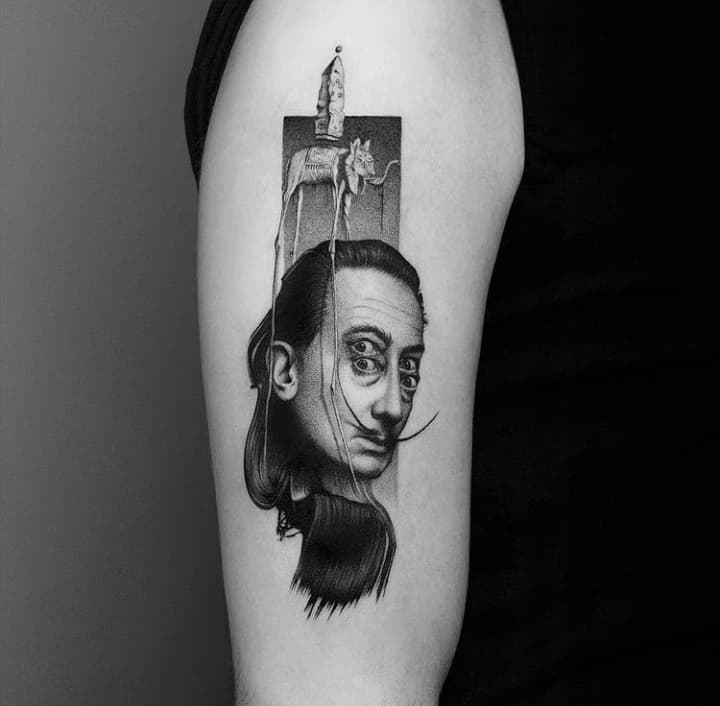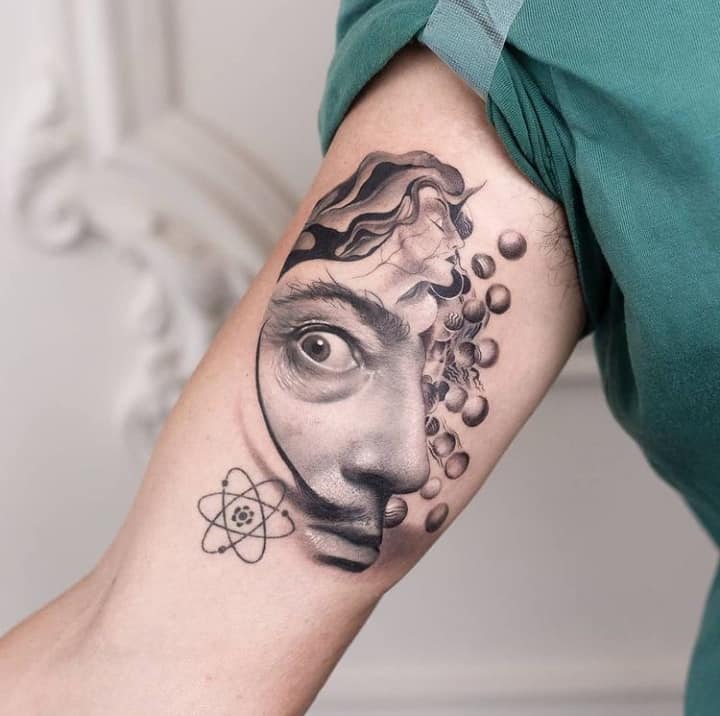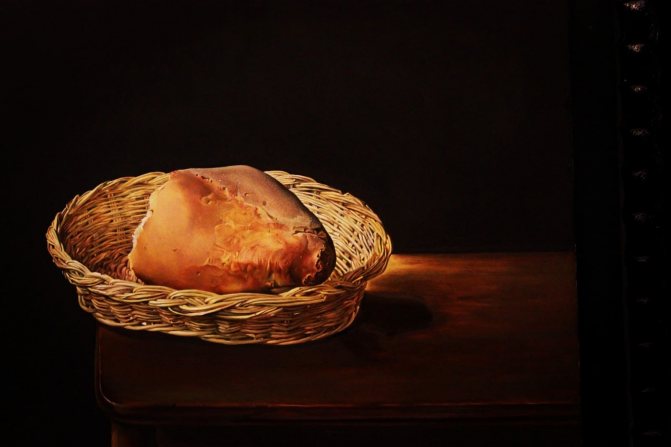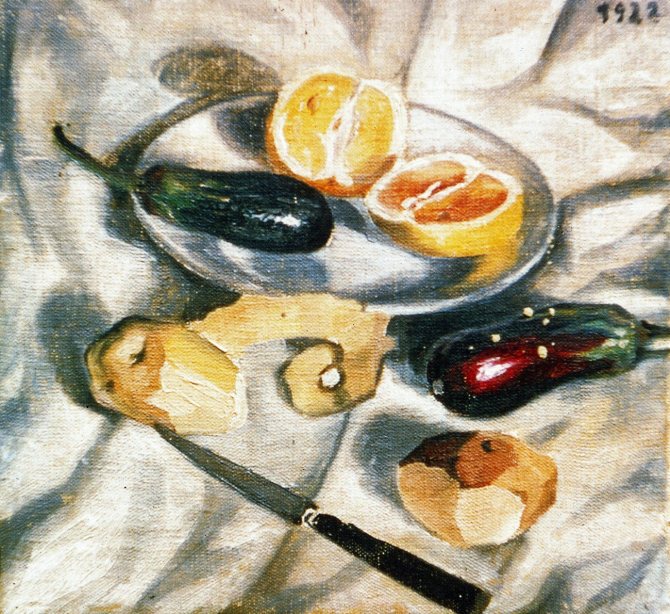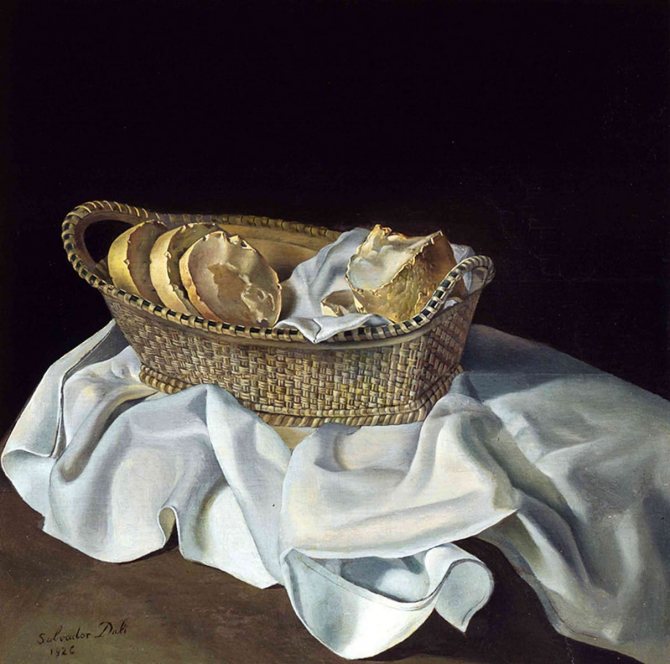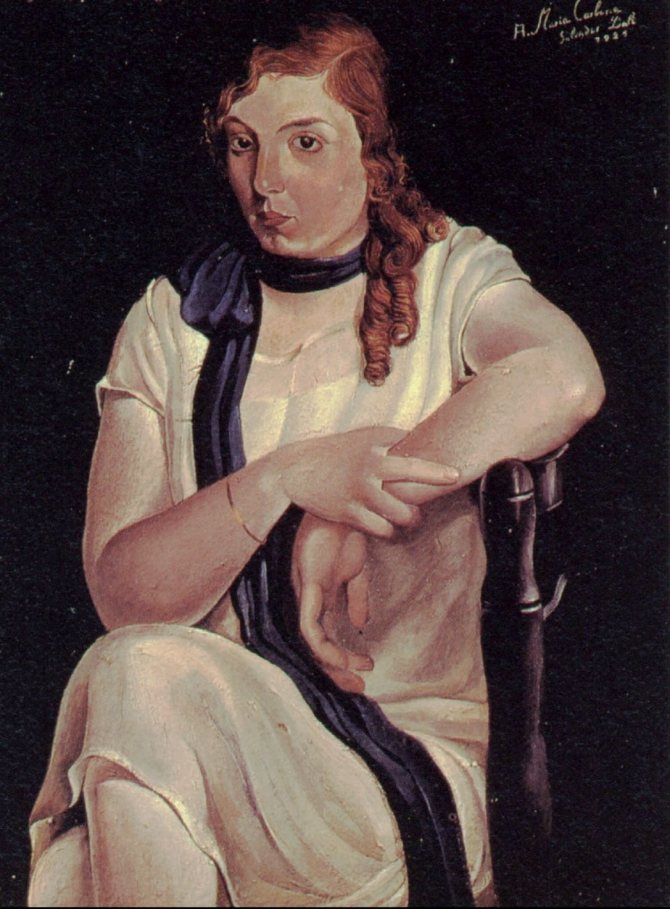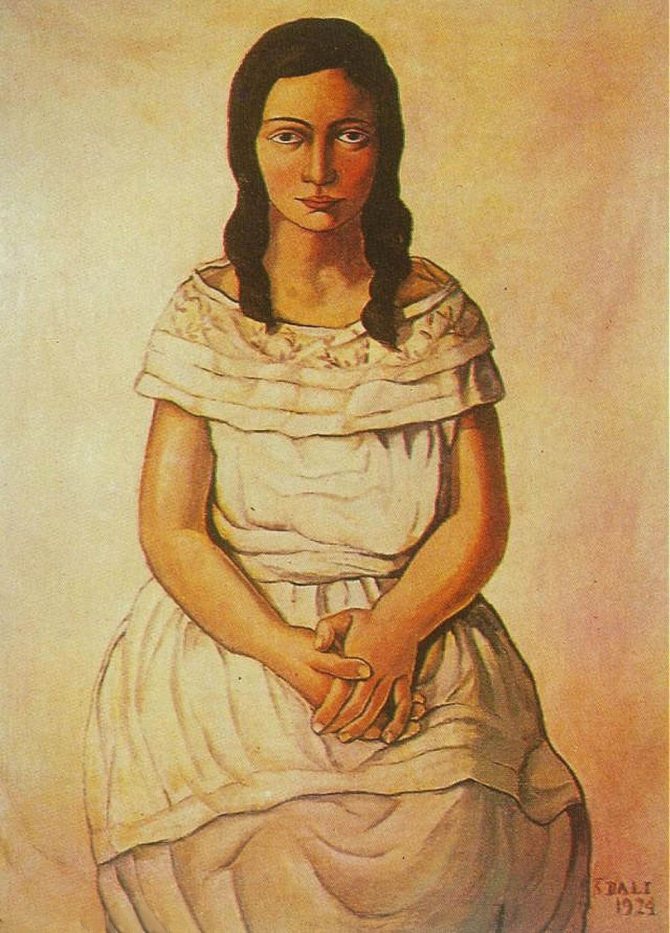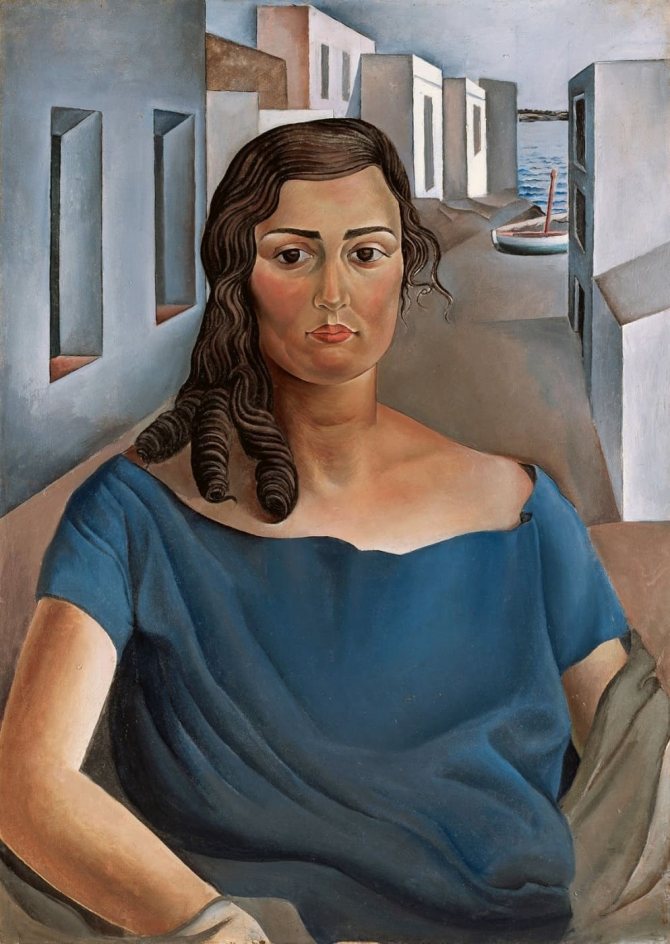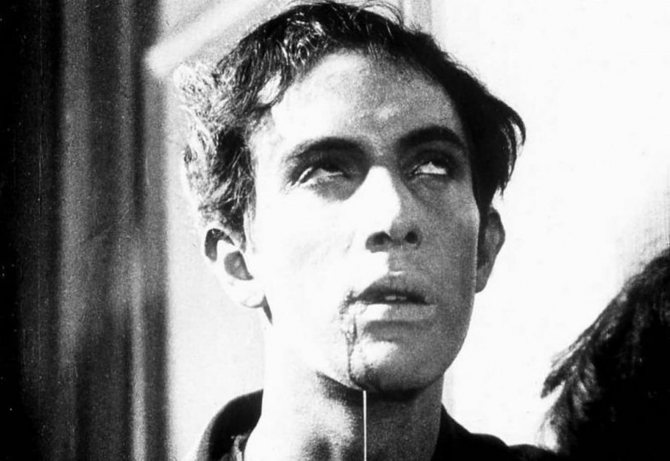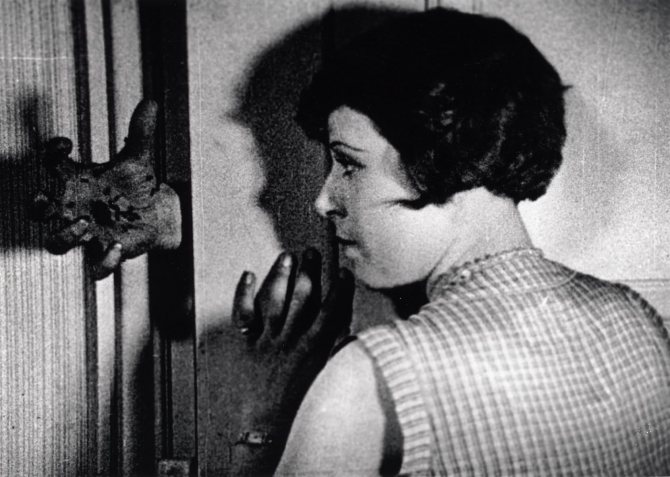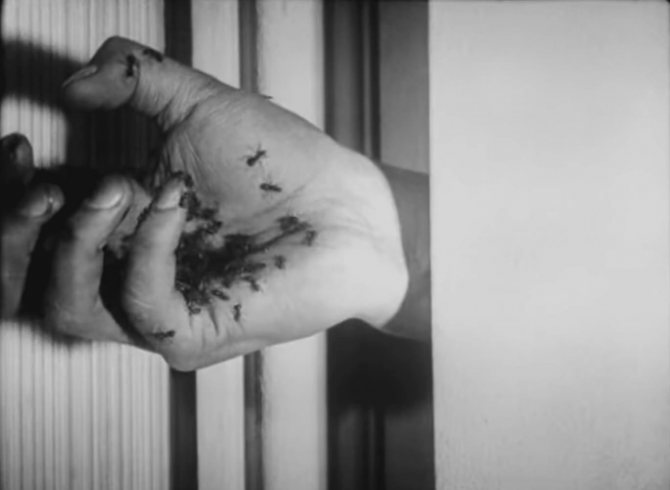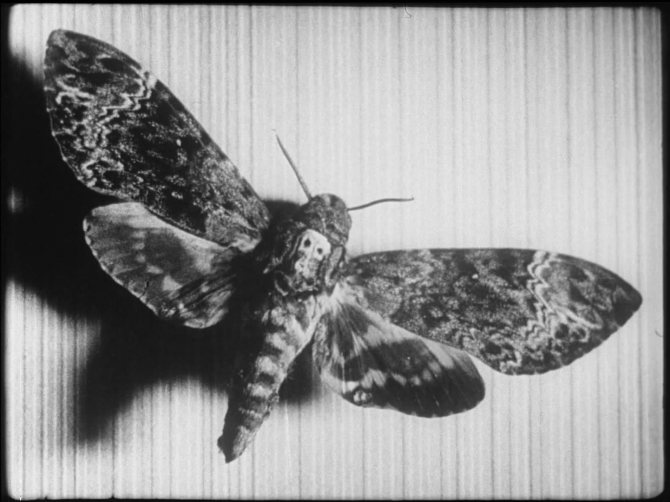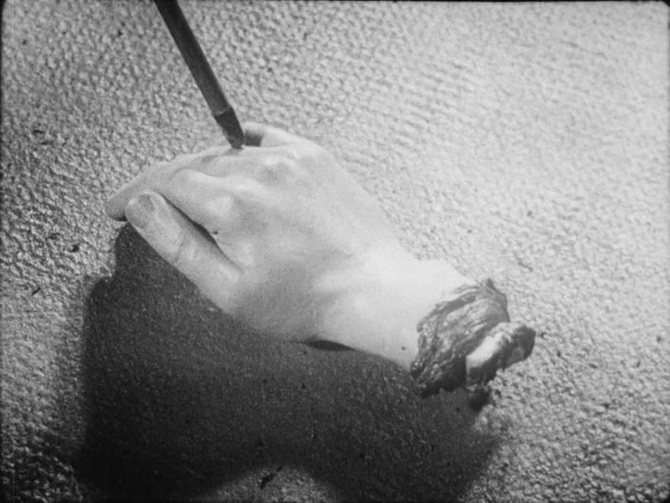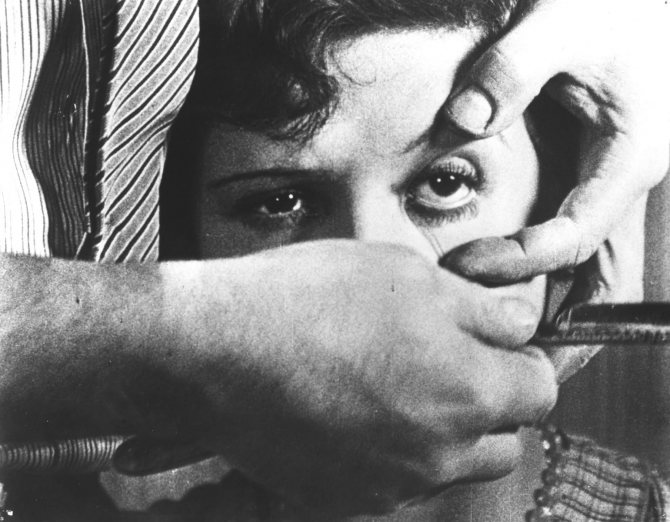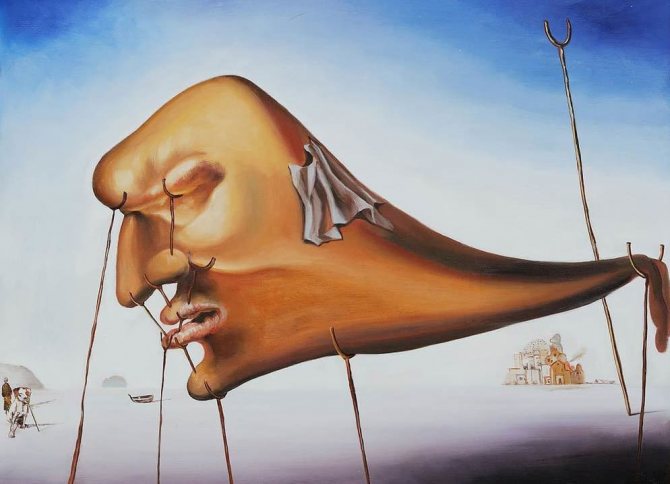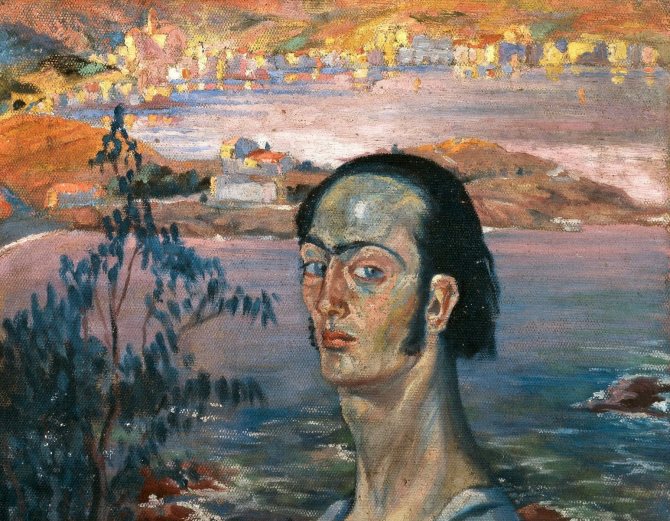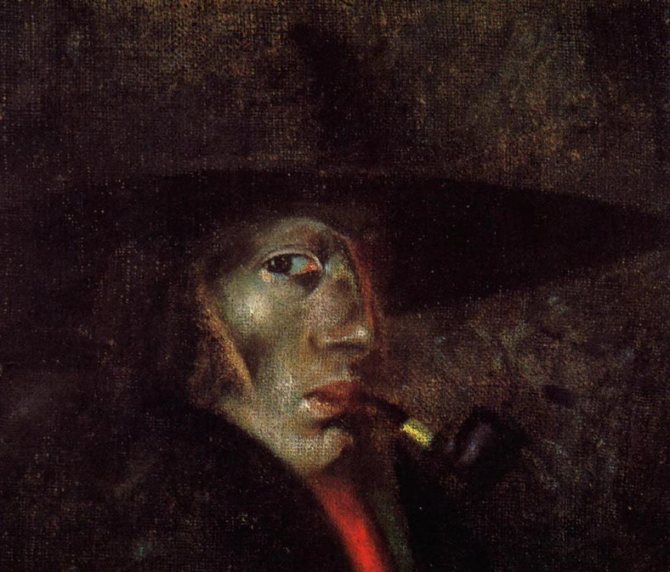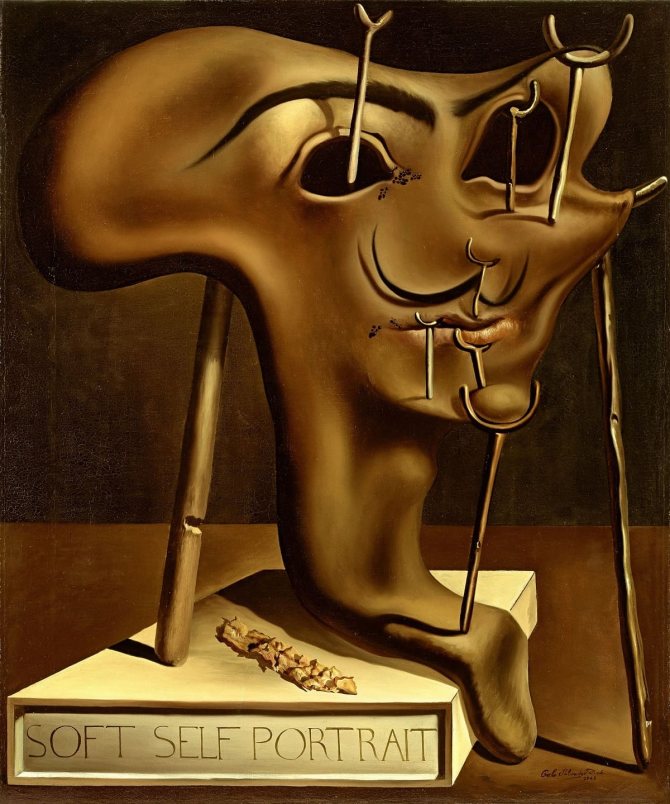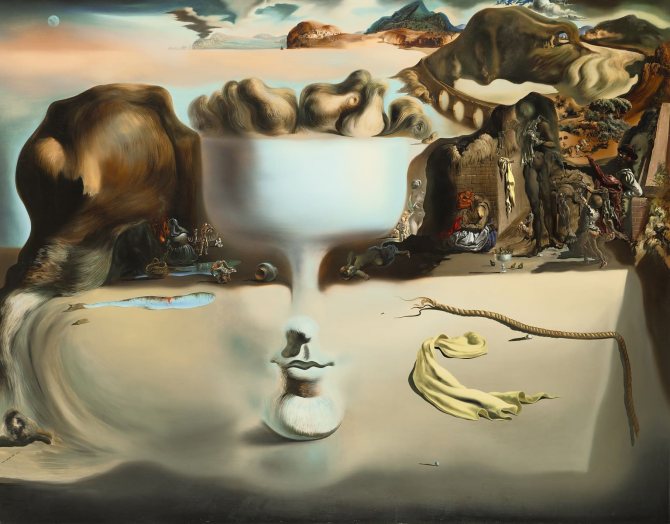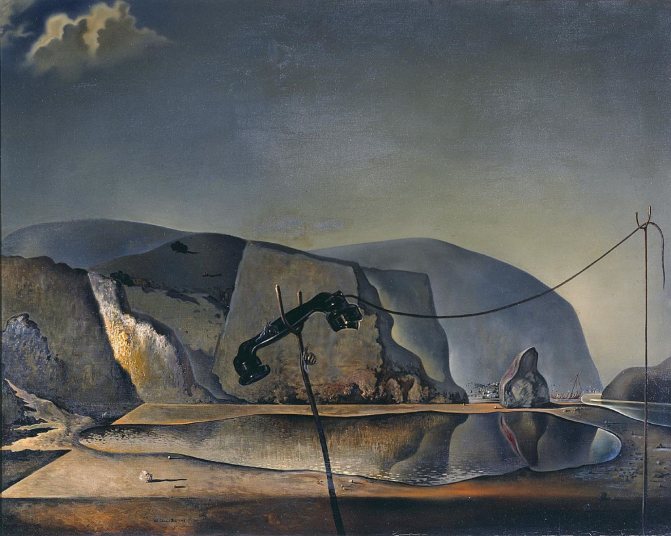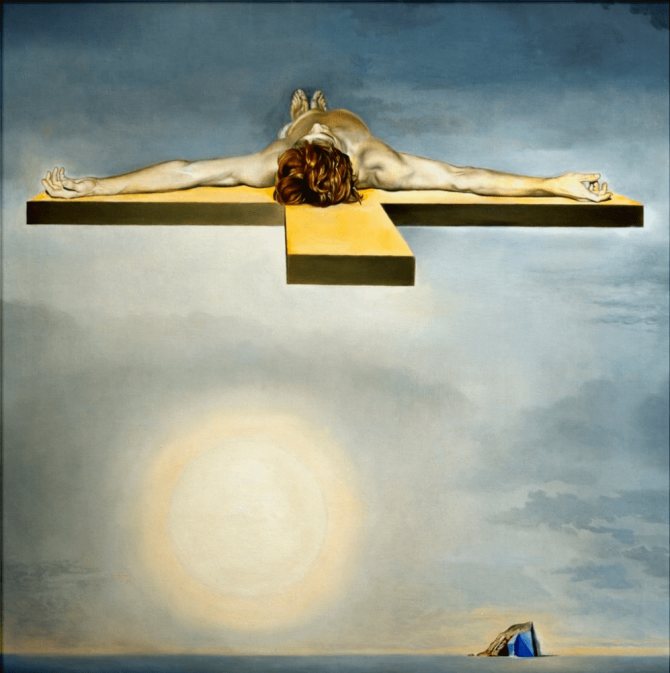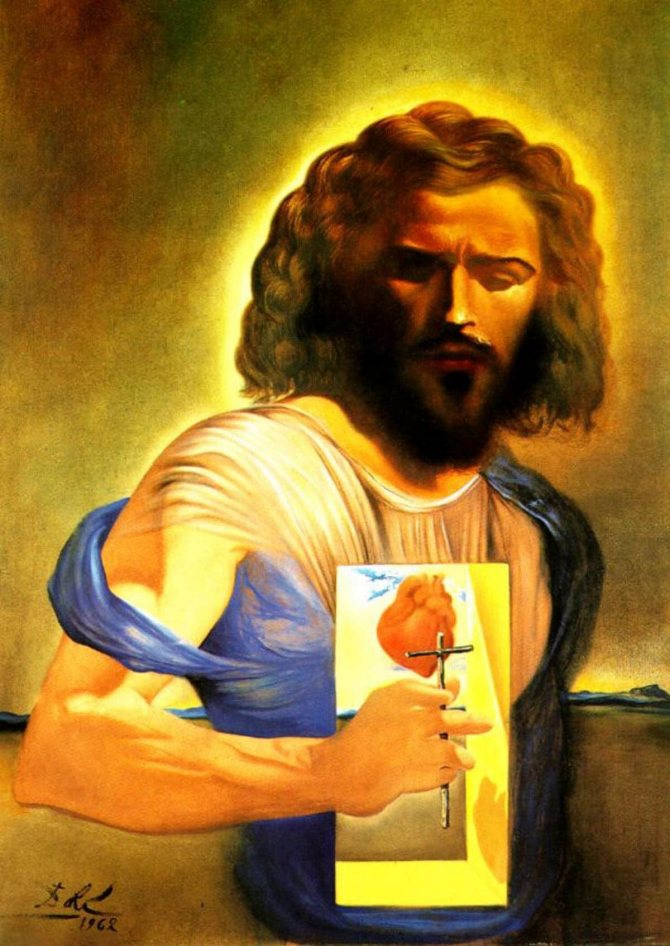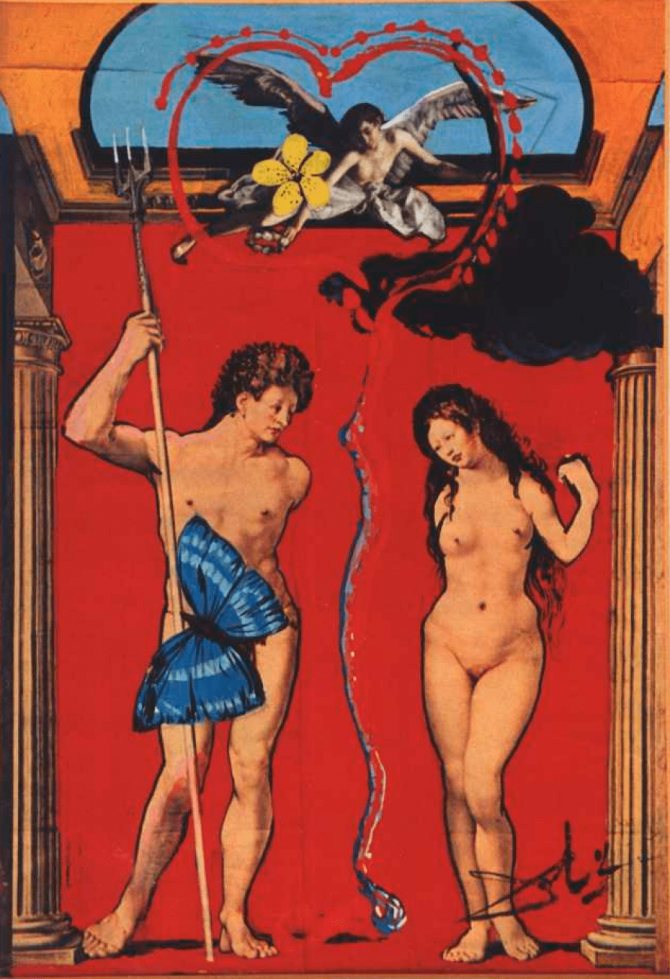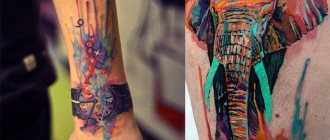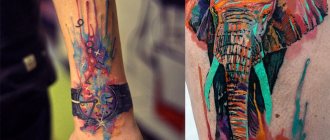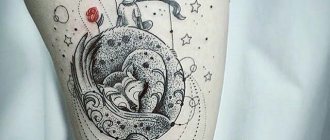Photo: UGC If you want to know the essence of surrealism, then get acquainted with the brilliant representative of this direction in the painting of the twentieth century. This is Salvador Dali. Paintings of the Spanish artist - the embodiment of philosophy and the spirit of surrealism, epatage and hyper-emotionality. Learn interesting facts about his best creations.
Salvador Dali identified with surrealism. Everything in the artist corresponded to this aesthetic concept: his thinking, manner, madness, freedom from moral prescriptions and stereotypical behavior, emotionality and openness.
Dali was an epatage in art and life. He always did only what he wanted to do and wrote about what he thought was appropriate. It is therefore not surprising that in the 1930s and 1950s the public was shocked by his artistic experiments. The painter, who perfectly mastered the classical technique of drawing, was fond of impressionism and cubism, and as a result he came to surrealism.
This direction in art allowed the artist to talk frankly about the most intimate: touching the subject of sex and eroticism, sexual perversion and repressed sexual desires, destruction and self-destruction of man. But the main theme of his paintings - this is an illusion in the world in which a person finds himself.
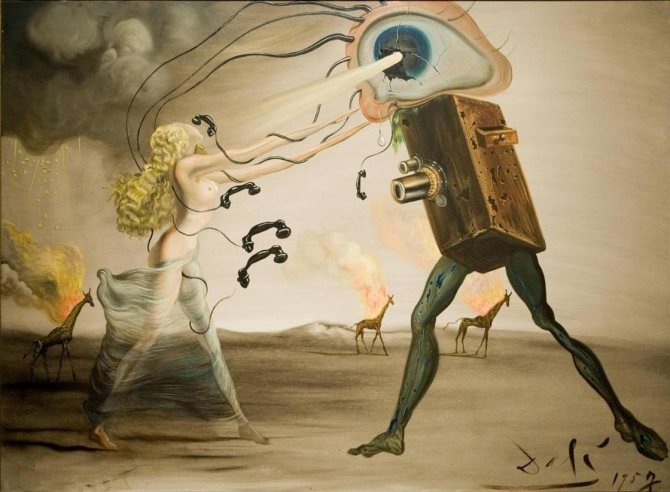
Photo: art-holst.com.ua: UGC
Salvador Dali paintings are difficult to interpret, to give a logical explanation of certain images, details, to read their meaning. All because they consist of visual puns, schizoid images, allusions, built on a game of meanings and plots.
We present the most famous paintings by Dali with brief descriptions. Try to compare the meanings discovered by art historians with your own impressions and emotions that these surrealist paintings evoke:
"The Permanence of Memory" (1931).
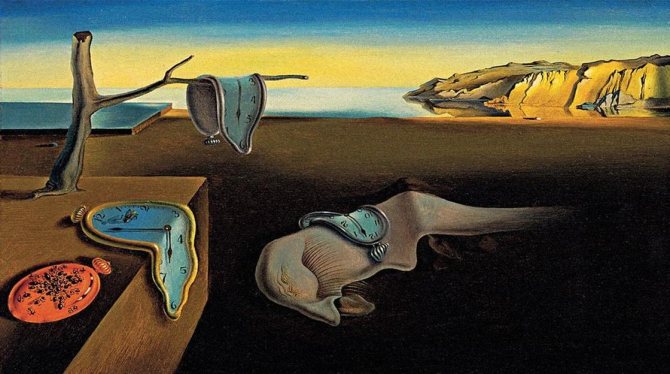

Photo: muzei-mira.com: UGC
This painting has several titles: "The Soft (Fluid) Clock," "The Flow of Time," and "The Hardness of Memory." Dali, the great mystifier, gave several explanations regarding the symbols that are represented on the canvas, but this has further confused art historians.
"The Persistence of Memory" breaks down the stereotype of human perception of time. The author emphasizes that it is far from the linearity with which passing time is often associated.
The idea for the painting came to Dali over breakfast, when Gala was spreading soft cheese on toast. The painter painted the picture while being overcome by a migraine. Hence the gloomy tones, the predominance of brown and gray shades.
The central image, the head on the ground, in which one recognizes the features of Dali himself, is the embodied desire for peace and rest from pain. The other images (found frequently on his canvases) represent the idea of the perishability of existence: ants and flies eat time, as aging eats the human body. The rocky shore and the sea are symbols of immortality, which is timeless, eternal, so it is in the background. The exhausted olive tree is the exhausted life. The whole picture expresses melancholy and fading.
Now this small painting (24x33 cm) adorns the New York Museum of Modern Art.
Still Life
Still life details can be found in many of Dali's paintings - in addition, his artistic baggage includes several "pure" still lifes. It is worth noting a number of compositions painted by the young Dalí - they are executed in the style of Spanish still life of the 17th century, the master of which was Diego Velázquez and Francisco Zurbarán. "Still Life with Eggplants, 1922 can be considered a typical example of Dali's youthful style. Much more original is his "Lively Still Life" (sometimes called "Still Life - Fast Movement"), 1956, which is an attempt to reconsider the rules generally accepted for this genre, to overcome statism and depict objects in motion.
"Soft Construction with Boiled Beans" (1936).
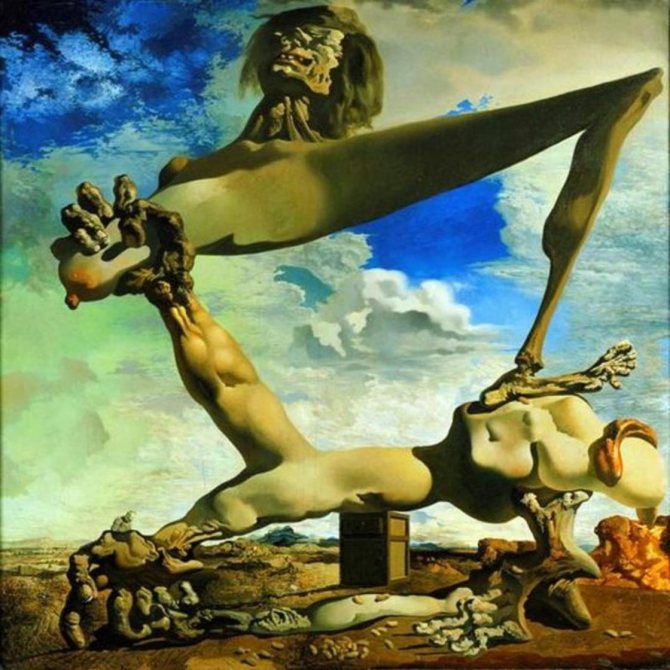

Photo: opisanie-kartin.com: UGC
This canvas represents Salvador Dali's reaction to the internal political processes that gripped Spain in the late 1930s. It was the time when Franco came to power, the struggle between republicans and nationalists. The country was on the eve of a civil war.
Despite the fact that Dali was a supporter of Franco, the painting, which was supposed to depict positive changes in society, is strikingly phantasmagoric and eerie in its imagery.
The political confrontation in Spain of 1936 described above is represented by the author as two human bodies, which are fused together with different parts of the body and suffer from it. They seem to be struggling, they want to separate, and they cannot exist without each other, because in this way the support would be lost. A handful of boiled beans scattered near the gaunt hand of one of the Atlanteans is a symbol of the poverty that has overtaken Spanish society.
The painting is now housed in the Philadelphia Museum of Art.
Skillful Marketing
Dali began his artificial history in the United States in the 1940s, where a truly marketing autobiography, The Secret Life of Salvador Dali, Written by Himself, came out of his hand. With false facts, loud flamboyant details (exaggerated and fictitious), and scandalous references to Dali's character.
Salvador's sister was so outraged by these lies that she published her aforementioned memoir the following year. And this already infuriated Dali! After all, such good fame ruined his image as a brand man and was not conducive to enrichment. The money flowed into the hands of those with whom scandal, ambiguity and impertinence went hand in hand. This is what Gala and Dali were betting on. And the sister's truth didn't fit into that paradigm.
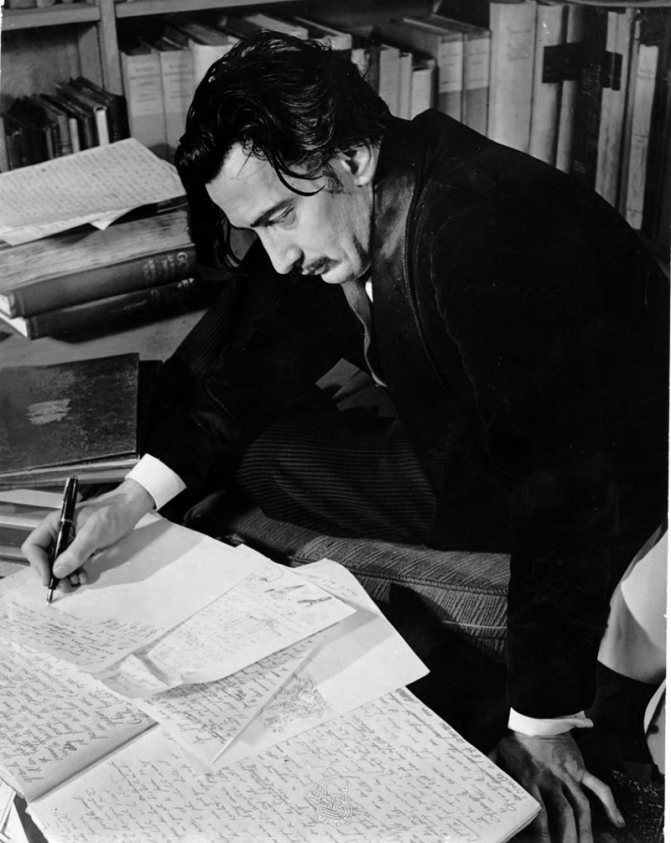

Salvador Dali writes his book in Hampton, Virginia (1941) / Photo: Eric Schaal
"The Giraffe on Fire" (1936-1937).
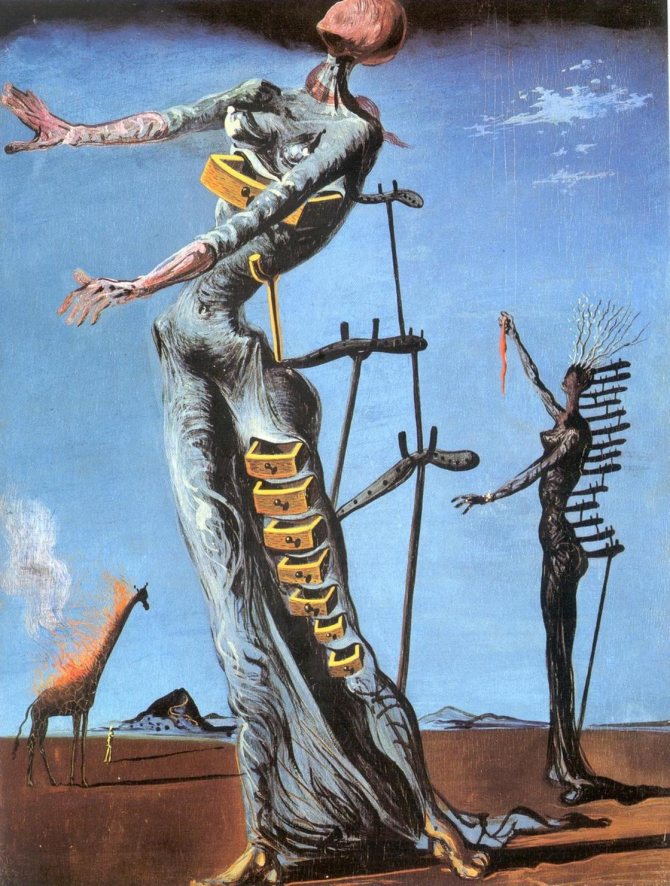

Photo: cameralabs.org: UGC
Another painting in a series of paintings in which Dali conveyed his own experience and sense of war. The painting, like all of the author's other creations, contains mystical-fantastical images that strike the imagination with their absurdity. But if you turn off rational thinking and rely solely on emotional perception, then all the meanings become clear.
The two female figures (Dali's favorite image) are the embodiment of human consciousness. It is not stable, wobbly, and constantly in need of support and a prop. The drawers slide out are memories and thoughts that people seek to hide, but at some point reveal them to the public. This leads to tragedy (the heroines' bloody hands).
The giraffe, engulfed in flames, is placed by the author in the background. It symbolizes the male apocalyptic element. In general, the picture - is the embodiment of premonition of war in Spain.
The painting is now in the custody of the Basel Museum of Art.
Portraits
Dali is not too well known as a portrait painter, but he does have some experience in the genre. The young Dali painted portraits of his family and friends, such as Portrait of Maria Carbon, 1925. After moving to New York, the artist discovered that portraiture was very lucrative. He continued to fulfill these kinds of commissions in the post-war years, during his visits to America. "Portrait of Mrs. Jack Warner, 1945, is one of these. Dali's American success as a portraitist was, on the one hand, due to the snobbery of wealthy Americans who boasted of having a world-famous artist working for them, but on the other hand, it was due to Dali's ability to create images that were flattering to the client.
"Swans reflected in elephants" (1937).
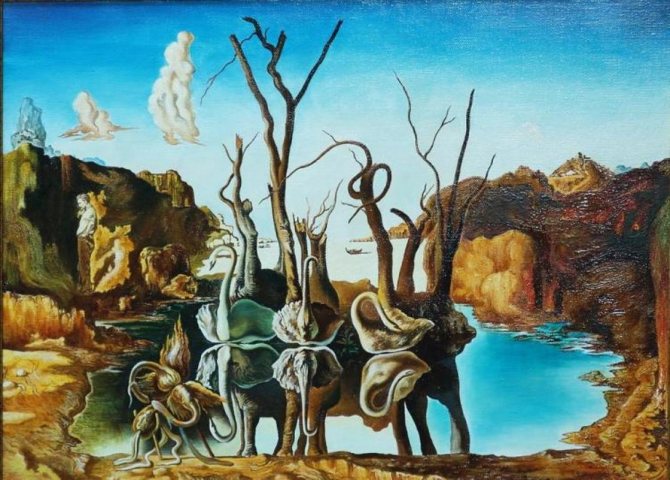

Photo: a-nasta-siya.livejournal.com: UGC
The theme of the illusion of all things (the artist's favorite theme) is reflected in this creation. It represents the artist's particular paranoid-critical method.
The canvas captures his childhood trauma, buried deep in the subconscious and reminded of itself by images-symbols of animals. The composition is constructed in such a way as to reveal the essence of the illusion in which man lives and which suppresses him.
It is known that Salvador Dali had a difficult relationship with his parents. They were very sad about their first child, whom they lost in infancy. Therefore, the second son was named the same way as the firstborn - Salvador. The future artist at a young age faced the illusion of reality: surrounded by children's things and his brother's toys, he could not understand whether he was alive or dead, whether he existed or his brother.
The surrealist genius expressed these feelings and resentment against his parents in Swans Reflected in Elephants. The swans are the illusion of a good and loving family, while the elephants are the embodiment of true parental love.
Dali extolled elephants for their selfless care for their offspring. In addition, elephants represent dominance and power, something the little Salvador clearly lacked in order to feel secure.
The grieving man depicted on the left in the background of the rocks is the author himself, who is not ready to part with his resentment, not ready to turn to face it.
At the moment, this painting is the property of a private collector.
Dali and Gala
At the time, one of the most important themes in Salvador Dali's art - sex - was not going away. Some authors speculate that the artist had never been with a woman before meeting Gala (Dominique de Gasquet and Paquita Llorens Verges believe this, as they write about in their book Gala and Dali. Looking Glass"), some believe that he was impotent at all (about this in his book The shameful life of Salvador Dali writes Ian Gibson).
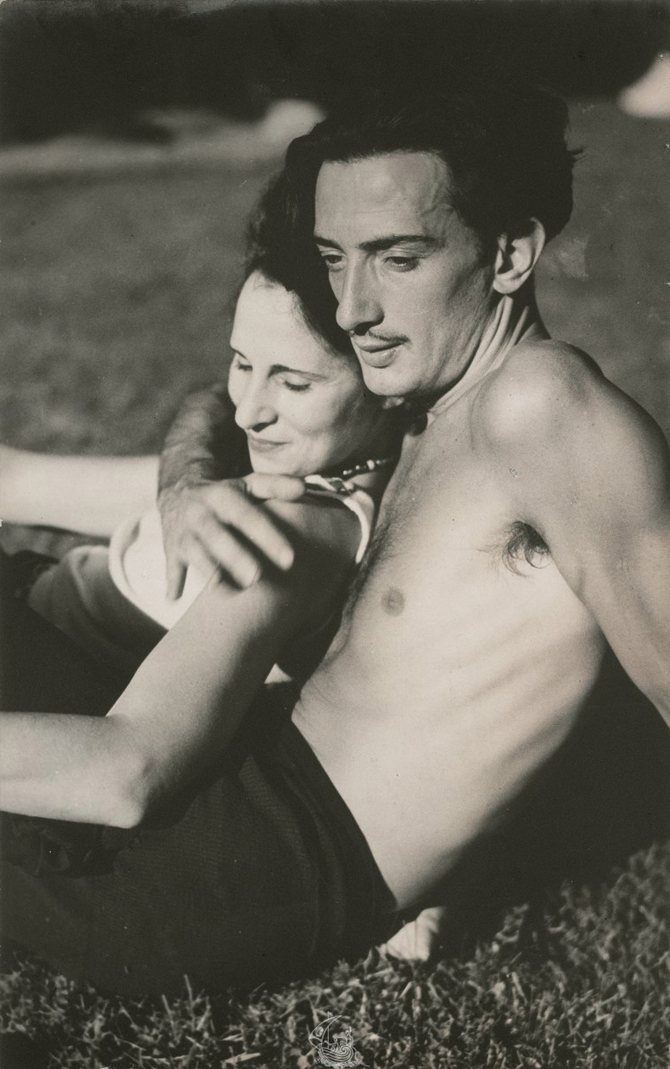

Fine Art Images/Heritage Images/Getty Images
Gala and Salvador Dali
Monse Ager says that Dali certainly had a sexual relationship with Gala. It is true that the artist may have been more interested in sex as a subject for art than as a means of pleasure, but this assumption can no longer be verified. The painful interest of the artist to this topic may be due to the fact that as a child his father showed little Dali pictures of the consequences of syphilis, it strongly influenced the impressionable Salvador.
Salvador D, 194, Young Virgin Auto-Sodomized by the horns of her Own Chastity pic.twitter.com/64rNAWG4D
- mario andreolini (@marioandreolini) June 5, 2016
"Enchanted Shore with Three Liquid Graces" (1938).
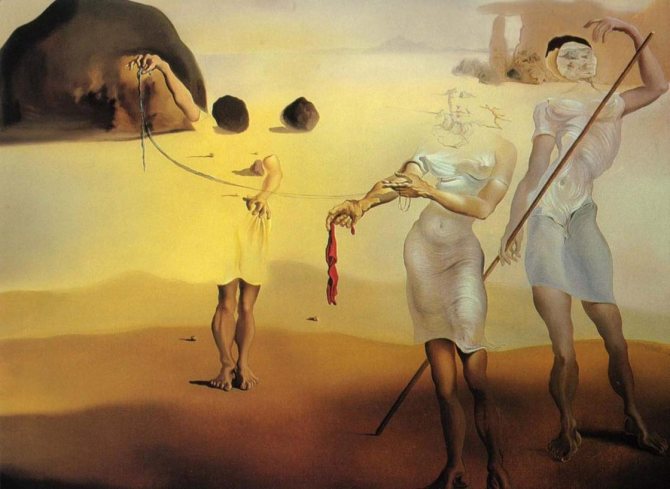

Photo: artchive.ru: UGC
Many are familiar with the images of the three Charitas, or Graces, from Greek mythology. They represent merriment, grace and inspiration. This is not surprising because they serve the goddess of love, Aphrodite. But there are other three goddesses in Greek mythology on whom a person's fate and longevity depend. They are the Moira.
Salvador Dali decided to combine these two images, creating an image of the life of the human soul. The first heroine, with a long spindle in her hands, begins to weave the lace of destiny. The second is a symbol of the maturity of the human soul, when the realization of oneself and one's personality comes. That is why it is the only one that has distinctive features.
By the way, if you look closely at the features, you will see a rider on a horse and a man running after him. These outlines symbolize the human desire to live life faster, the eternal pursuit of dreams.
The third is the embodiment of dying, so her face is a stone. This is how the soul freezes after death. This is why the figure of the third Grazia-Moira almost merges with the landscape, while the other two have clearly delineated female forms.
The background on which they are depicted is also symbolic: the sandy shore represents the transience of human life and the sea represents eternity.
This painting is kept in Figueres, in the museum and theater created by the author.
1962-1963 - DNA.
Salvador Dali was friends with the scientist Severo Ochua, from whom he learned all the latest news from science. Dali was also pals with Francis Crick, James Watson and Maurice Wilkins, who were awarded the Nobel Prize in Physiology or Medicine in 1962 for the discovery of DNA.


Getty Images
Severo Ochua.
This discovery influenced Salvador, reflected in his stereoscopic works where he reproduces the structure of the gene. This discovery also reinforces the artist's desire for immortality. In addition to the portrait of his dead brother, which we wrote in the beginning, one of the most interesting works, created by Dali under the impression of scientific discovery, was the painting GALACIDALACIDESOXIRIBUNUCLEICACID (omens to Crick and Watson): in it Dali combines the image of the gene structure with angels - and again science with religion. Perhaps he believes that the secret of immortality is in combining these two opposing things.
#OnThisDay in 1953, Crick and Watson discovered DNA. Dali pays homage in his 1963 "Galacidalacidesoxiribunucleicacid." pic.twitter.com/GeGmVxNtqH
- The Dali Museum (@TheDali) February 28, 2017
"A dream induced by the flight of a bee..." (1944)
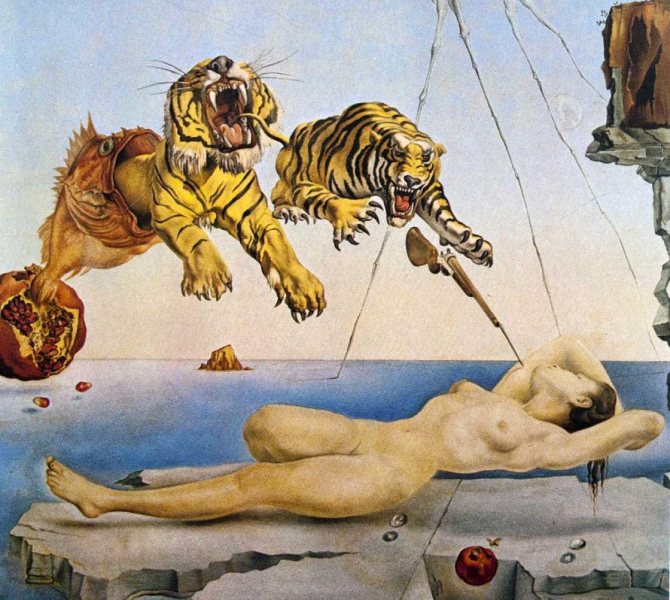

Photo: artrue.ru: UGC
How to depict with pictorial imagery the birth of a dream? The Freudian theory of dreams as a manifestation of unconscious desires gave birth to this painting. In it, the author depicted a surge of subconscious images, the message for which was the real circumstances of a woman's dream. And now about everything in detail and in order.
The images depicted in the painting clearly form two projections: the near one - the sleeping woman - is reality; the tigers, the elephant, the broken pomegranate and the sea are the unconscious, which generates the dreams.
Salvador depicted Gala, his mistress, muse and wife, in the image of the sleeping woman. The woman's relaxed pose indicates that she is sound asleep. A pomegranate lies next to her, with a bee flying over it.
The bee's buzzing, repelled in the subconscious, stimulates the appearance of images that are associated with aggression - furious circus tigers jumping out of the mouth of a fiery predatory fish. The latter, in turn, emerges from the mystical core of the pomegranate, which resembles torn flesh (the two grains are drops of blood).
Considering that the painting is completed with the image of an elephant on long legs with an iceberg on its back, the Freudian subtext of the painting becomes evident: the woman's emotional perception of coitus. It is associated with assault, sacrifice, and death (gun drawn).
This painting by Salvador Dali is in the Thyssen-Bornemisza Museum in Madrid.
Film
Dali met Luis Buñuel (1900-1983) in Madrid while still a student. Together they made two surrealist films, The Andalusian Dog, 1928, and The Golden Age, 1930. In the second film Dali's participation was rather nominal, but in The Andalusian Dog his dark fantasy and desire to subordinate reality to the logic of a dream largely determined the success of the picture. The most impressive shots Dali offered were an ant-covered hand and an eye cut with a razor blade. In the United States, the artist worked with another great filmmaker, Alfred Hitchcock. For his 1945 film Spellbound (the artistic fabric of which is based on the axioms of psychoanalysis), Dali invented a dream sequence. In addition, the artist discussed the possibility of working with Walt Disney, but it did not go beyond discussion.
"My wife, naked, looking at her own body..." (1945)


Photo: artchive.ru: UGC
Gala was not just a wife and beloved woman, but also a model of the world, through which Salvador Dali sought to discover the eternal, the beautiful and the immutable.
The painting is imbued with the tragedy of perceiving the transience of existence and the search for that which is eternal and imperishable. As in most of Salvador Dali's paintings, the image is subject to a two-planar composition. In the foreground is a woman represented from the back. The curves of her body are beautiful and gentle. It is the embodiment of man, his corporeal essence.
To her right is a Greek bas-relief, the symbol of the eternity of culture, and a dandelion, the symbol of the fleetingness of existence. The wall against which they are depicted is riddled with cracks, suggesting that these images represent the perishability of existence. The same applies to the woman: her hair is an extension of these cracks.
The perspective, on the other hand, is eternity incarnate. Once, as a child, Salvador Dali found an empty seashell on the seashore and was fascinated by its structure and perfect beauty. Through the empty shell of bone, the sky peered through - eternal and unattainable.
The artist transferred this idea to the image of Gala. The heroine is projected into the background, where she becomes incorporeal, transformed into an openwork arbor, through the columns of which the world opens up. Her head is a platform from which you can see the heavenly heights.
The painting is in the Salvador Dali Museum and Theater in Spain.
Self-portraits
Dali, being an infinitely narcissistic man, often made himself the hero of his paintings. Some of Dali's early self-portraits were very naturalistic, such as Self-Portrait with Raphael's Neck, 1922. The title here refers the viewer to Raphael's famous self-portrait. In other works, Dali paints himself more secretly - an example of this is Dream, 1937, which depicts a strange creature with features reminiscent of the artist.
Landscapes
Early in his career, Dali painted a series of landscapes of his homeland. He later abandoned the conventional rules of painting, but Spanish landscapes were often present in his surrealist paintings as well. In Mountain Lake, 1939, a strip of water is copied from a lake near Requesens in the Pyrenees, and the rocks resemble a promontory near Cadaqués. The telephone alludes to telephone conversations between Adolf Hitler and British Prime Minister Neville Chamberlain, ending with the Munich Agreement of 1938. Later, Dali's landscapes became altogether fantastical - Surrealist Landscape, 1968, is a case in point.
Late Style
Dali's later works show the influence of new artistic movements - in particular American abstract expressionism and pop art. Sex continued to be a major theme in Dali's work, but in the later period he managed to create a number of significant paintings with religious content. Many critics considered Dali's post-war works to be the ultimate betrayal of classical surrealism. This is hardly true - it is in the "religious" paintings that the artist demonstrated an amazing ability to interpret traditional themes and images in a completely new way.
Perhaps Dali's most impressive religious painting was Christ of St. John of the Cross. This painting would not be to everyone's liking, but everyone will be disturbed and made to think. Once you see it, you'll never forget.
